As of my last knowledge update in September 2021, the demographics of Canada are diverse and subject to change. However, I will provide a general overview of the demographics as of that time. Please note that there might have been changes since then.
Population Size: As of 2021, Canada's population was estimated to be around 38 million people.
Population Growth: Canada's population has been growing, primarily due to immigration. The country has one of the highest per-capita immigration rates in the world, and newcomers contribute significantly to Canada's population growth.
Age Distribution: Canada, like many developed countries, has an aging population. A significant proportion of the population is over 65 years old, while the birth rate is relatively low.
Ethnic Diversity: Canada is ethnically diverse, with people of European descent constituting the largest ethnic group. However, the country has large communities of people with Asian, African, Latin American, and Indigenous heritage. Major cities like Toronto, Vancouver, and Montreal are especially diverse.
Languages: Canada is a bilingual country with English and French as the official languages. As of the last census, a majority of the population speaks English, while a significant minority speaks French, primarily in Quebec. Additionally, due to immigration, a substantial number of people speak languages other than English or French at home.
Religions: Christianity is the largest religion in Canada, with Roman Catholicism being the largest denomination. However, there is also a significant number of people who identify with other religions such as Islam, Hinduism, Sikhism, Judaism, and Buddhism, as well as those who are non-religious or atheist.
Geographic Distribution: The population in Canada is unevenly distributed across the country. The majority of Canadians live in the southern parts of the country, near the U.S. border. Ontario and Quebec are the most populous provinces, while the northern territories have the lowest population densities.
Education and Employment: Canada has one of the most educated populations in the world, with a high percentage of adults holding at least a bachelor's degree. Employment rates and fields vary, but service and knowledge industries are significant employers.
: Indigenous Population: Canada is home to a diverse Indigenous population, including First Nations, Inuit, and Métis peoples. They represent a distinct but integral part of Canadian society and culture.
For the most current data, it is advisable to consult the latest reports and statistics from sources like Statistics Canada or other official publications.



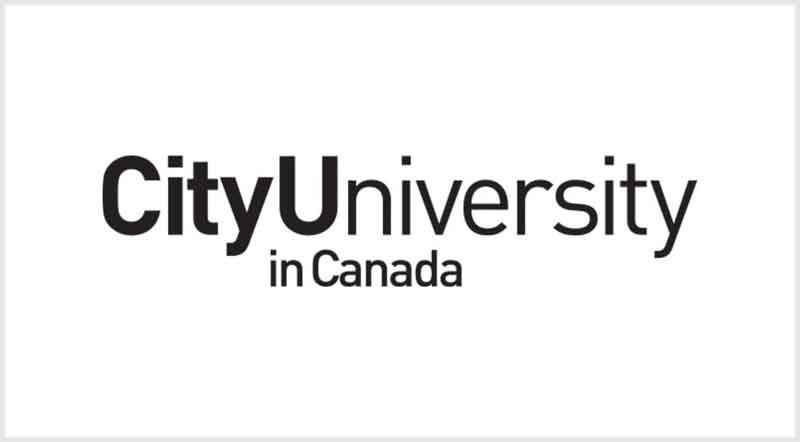
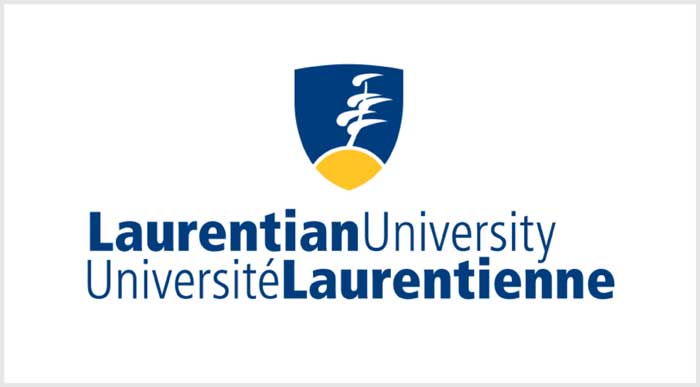
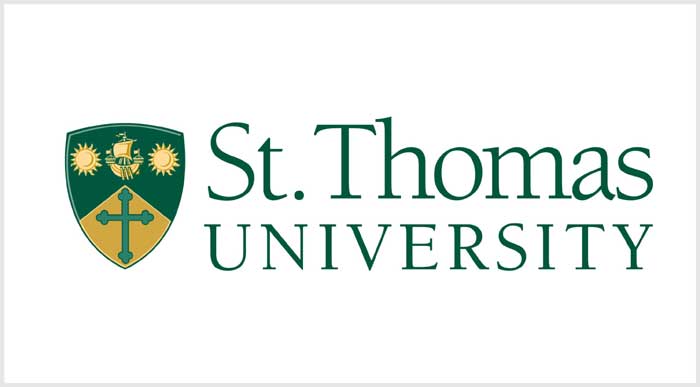

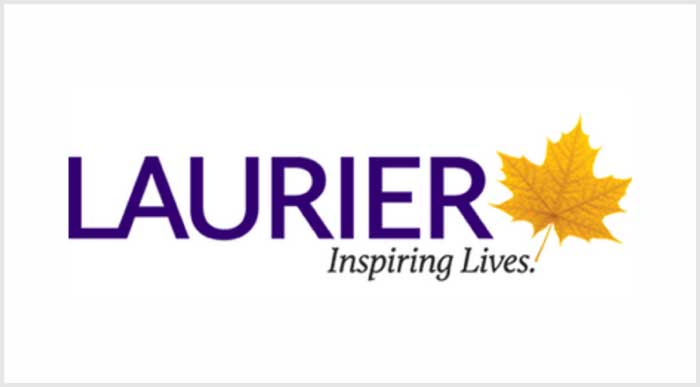
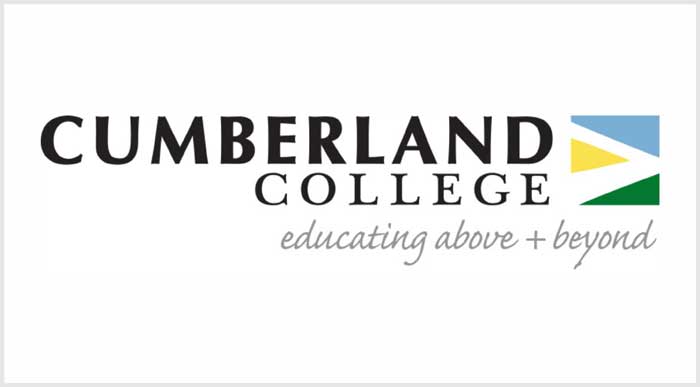
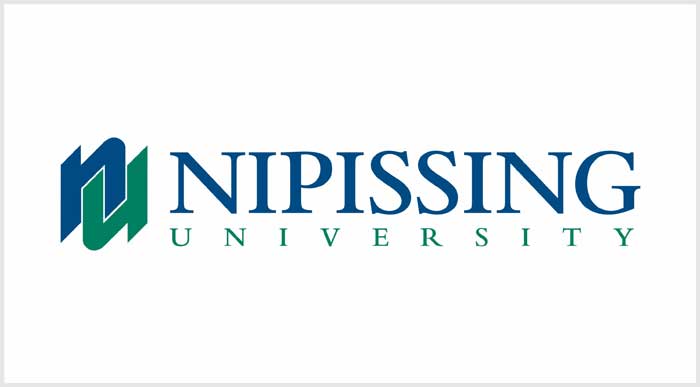
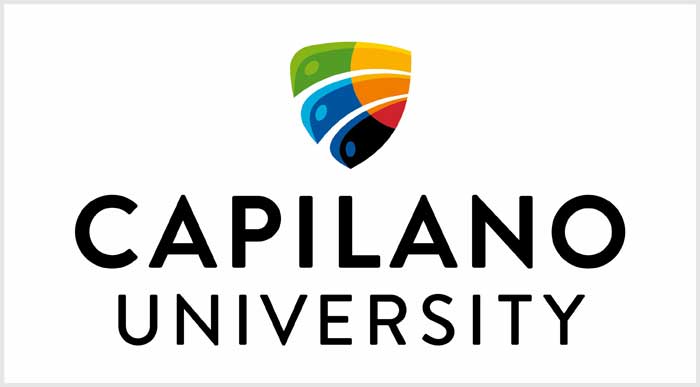
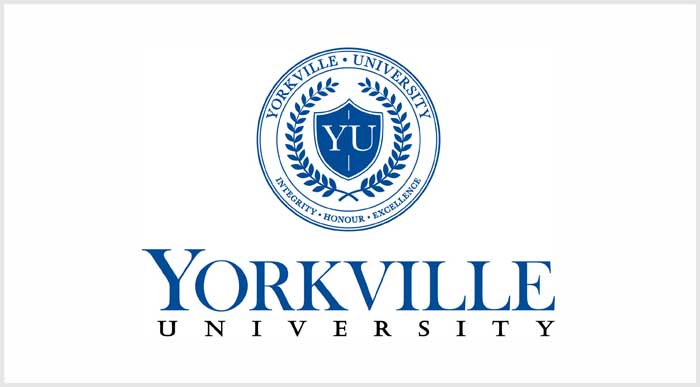
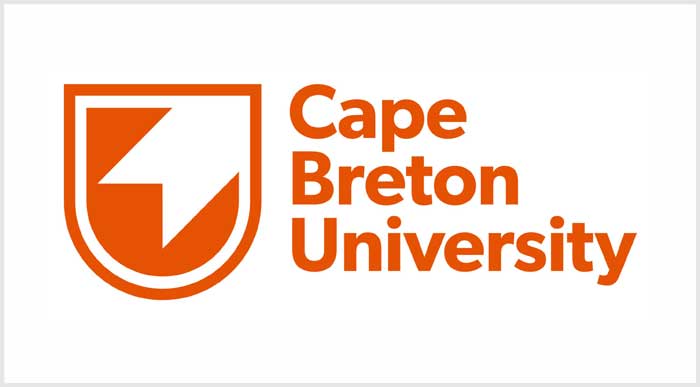

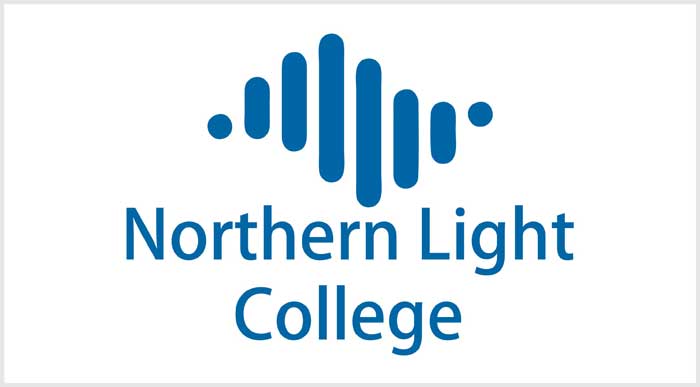
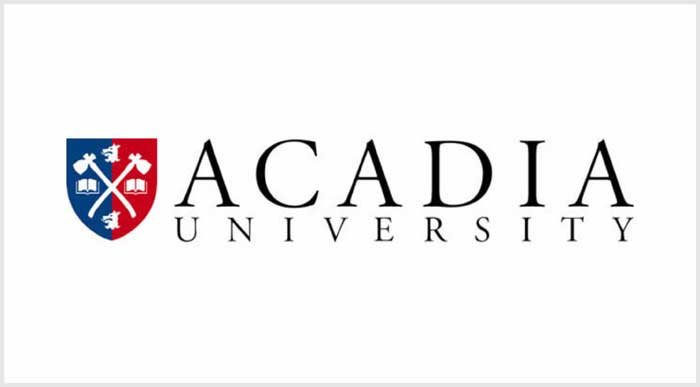
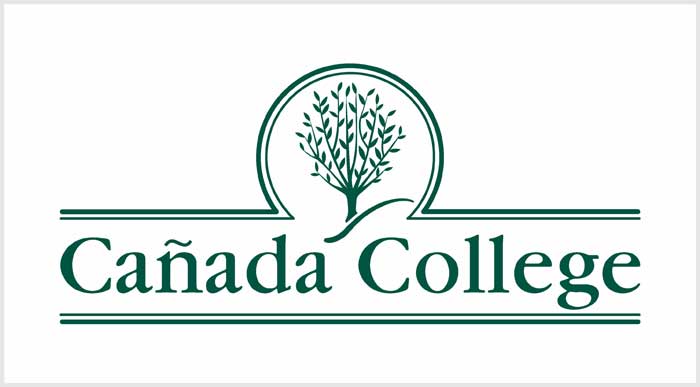
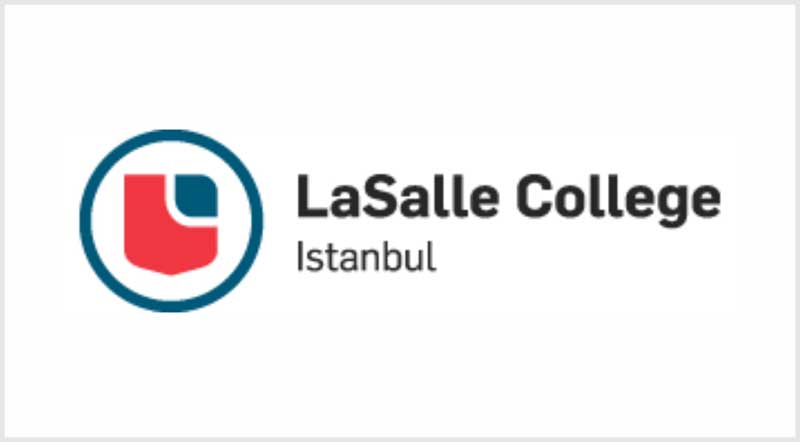

SOP GUIDELINES
To apply for a student visa in Canada, you'll need to follow certain guidelines and provide the necessary documentation. Here is a general outline of the Statement of Purpose (SOP) guidelines for a Canada student visa application:
Introduction
Educational Background
Motivation and Program of Study
Career Aspirations
Financial Capability
Connection to Home Country
Conclusion
Remember to personalize your SOP and tailor it to your own experiences and goals. Pay attention to grammar, spelling, and clarity of expression. Additionally, it's advisable to check the specific requirements and guidelines provided by the Canadian visa authorities or the institution you are applying to, as they may have additional instructions for the SOP.